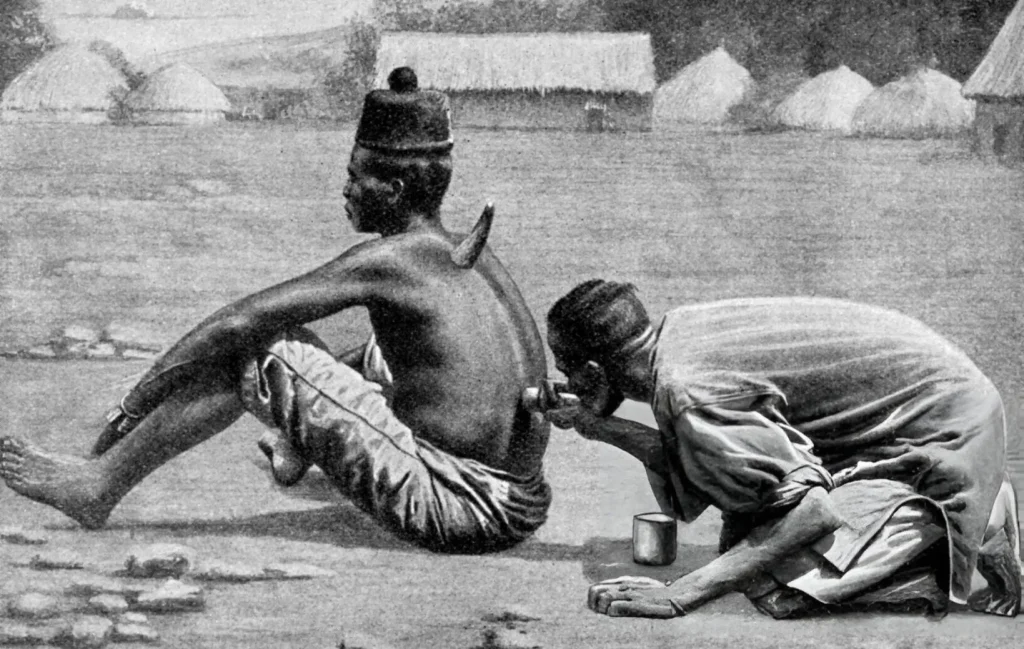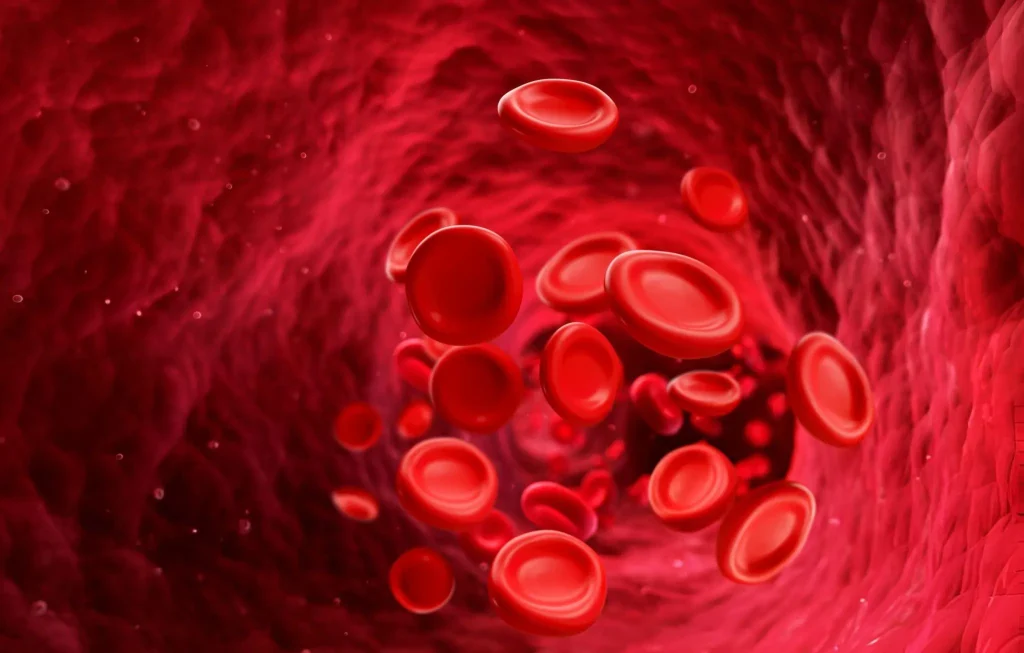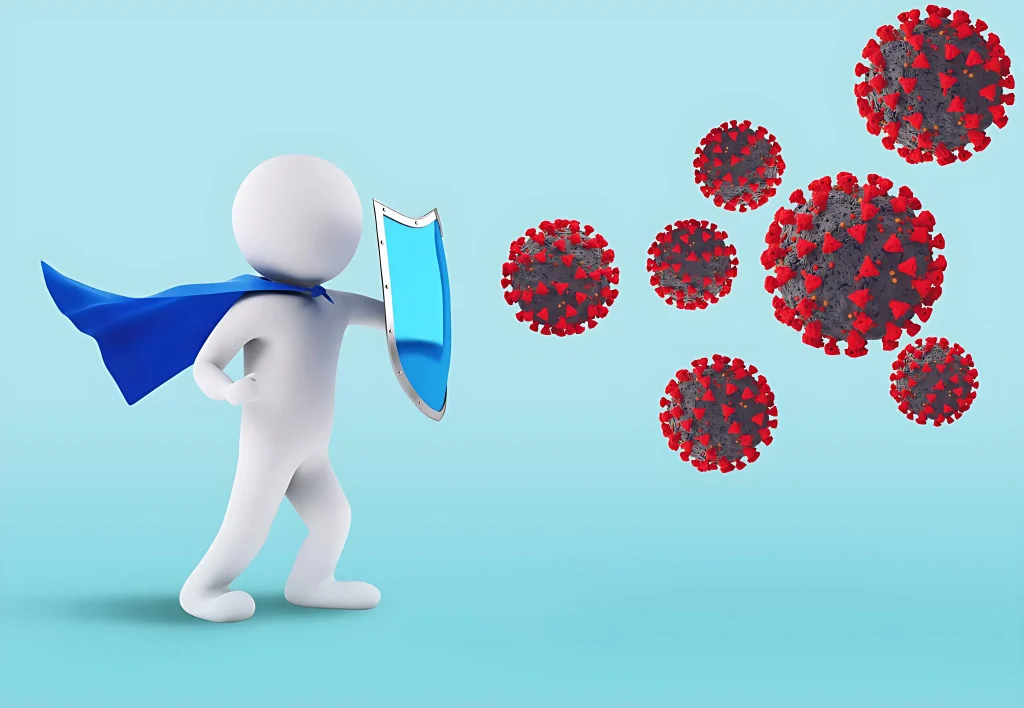Hijama Cupping Therapy is a traditional healing practice that has been used for centuries across different cultures for its therapeutic benefits.

Rooted deeply in Islamic medicine and embraced by many ancient civilizations, this holistic therapy focuses on restoring balance to the body by eliminating toxins and promoting the natural healing process.

While it has gained popularity in recent years, especially with endorsements from athletes and celebrities, Hijama has a rich history that extends far beyond modern trends.
This detailed guide will explore the origins, methods, benefits, and spiritual significance of Hijama Cupping Therapy, shedding light on why it has endured as a trusted form of natural healing for thousands of years.
The Origins of Hijama Cupping Therapy
The term “Hijama” comes from the Arabic word meaning “to draw out” or “sucking.” This traditional practice dates back to ancient times and has been mentioned in Islamic texts, where it was recommended by the Prophet Muhammad (Peace Be Upon Him) as a cure for various ailments.
The Prophet himself practiced and advocated for Hijama, referring to it as one of the best forms of medicine:
“The best medicine with which you treat yourselves is Hijama.”
(Al Bukhari, 5371)
Though often associated with Islamic medicine, cupping therapy was not exclusive to one culture. Records show that ancient Egyptians, Greeks, Chinese, and other civilizations also used various forms of cupping to treat different health conditions. In fact, the famous Greek physician Hippocrates and the Persian scholar Avicenna (Ibn Sina) both recommended cupping as a way to cleanse the body of toxins and promote healing.
How Hijama Cupping Therapy Works
At its core, Hijama Cupping Therapy involves the application of cups to the skin to create a suction effect. The suction draws the skin and underlying tissue into the cup, stimulating blood flow and encouraging the removal of toxins and stagnant fluids from the body. There are two primary forms of cupping: Dry Cupping and Wet Cupping.
1. Dry Cupping

In Dry Cupping, a cup is placed on the skin, and suction is created using a vacuum pump or heat. This technique does not involve any incisions and is primarily used to improve blood circulation, ease muscle tension, and promote relaxation. Dry cupping can be either:
- Fixed Cupping: The cups are placed in a stationary position for a few minutes.
- Moving Cupping: The cups are moved across the skin after applying oil, creating a massage-like effect.
Dry cupping is typically used for relieving general body aches, tension, and improving energy flow (Qi in traditional Chinese medicine).
2. Wet Cupping (Hijama)

Wet Cupping, also known as Hijama, is a more advanced form of therapy. It begins with dry cupping, but after the skin is suctioned into the cup, small, superficial incisions are made on the skin. The cup is then reapplied to draw out a small amount of blood, along with toxins, stagnant blood, and other impurities. This process is believed to detoxify the body, improve circulation, and restore balance to the body’s systems.
Hijama is traditionally performed on specific points of the body, known as meridians or energy pathways, where toxins accumulate. These points are often aligned with nerve centers or pressure points that correlate with different organs and systems in the body. The blood that is drawn out in wet cupping is thought to carry harmful substances that, if left in the body, could lead to illness.
The Health Benefits of Hijama Cupping Therapy
The benefits of Hijama are extensive, ranging from physical to emotional and spiritual well-being. The following are some of the key benefits that have made Hijama a highly valued therapy for centuries:
1. Detoxification

One of the main purposes of Hijama is to detoxify the body by removing stagnant blood and toxins. The suction pulls these harmful substances to the surface, allowing them to be eliminated through the small incisions. This detox process can lead to a noticeable improvement in energy levels and overall vitality.
2. Improved Blood Circulation

Hijama enhances blood flow, bringing oxygen and nutrients to tissues that may be damaged or inflamed. This increased circulation can speed up the healing process and reduce pain and inflammation in various parts of the body.
3. Pain Relief

By targeting specific points on the body, Hijama is highly effective for relieving pain caused by conditions such as arthritis, migraines, and muscle stiffness. Many athletes use cupping therapy to recover from intense physical exertion, as it helps alleviate muscle soreness and speeds up recovery.
4. Boosting Immunity

Hijama is believed to strengthen the immune system by cleansing the blood and stimulating the lymphatic system. By removing toxins and pathogens, it supports the body’s natural defense mechanisms.
5. Stress Relief and Relaxation

The therapy promotes relaxation and helps reduce stress and anxiety by calming the nervous system. The increased circulation of blood and oxygen to the brain helps clear mental fog, and the overall treatment has a deeply relaxing effect on the body and mind.
6. Balancing Hormones

For those suffering from hormonal imbalances, Hijama can help restore balance to the body’s systems. By targeting specific points related to reproductive health, it can regulate menstrual cycles, alleviate symptoms of PMS, and improve fertility.
The Spiritual Significance of Hijama in Islam
In addition to its physical benefits, Hijama holds deep spiritual significance in Islam. It is seen as not only a remedy for physical ailments but also a way to purify the soul and increase one’s connection with God (Allah). The Prophet Muhammad (PBUH) not only practiced Hijama but also recommended it as a means of attaining divine blessings and protection from illnesses.

Many Muslims believe that by following the practice of Hijama, they are adhering to the Sunnah (the practices of the Prophet), thereby gaining both health benefits and spiritual rewards. It is also believed that Hijama can help remove negative energy, cleanse the heart and mind, and bring a sense of inner peace.
Common Misconceptions and Modern Skepticism
Despite its rich history and widespread use, Hijama and other forms of cupping therapy have faced criticism, especially in modern Western medicine. Some critics argue that there is insufficient scientific evidence to support the effectiveness of Hijama, labeling it as “alternative medicine” without conclusive clinical trials.
However, ongoing research is starting to validate the benefits of cupping therapy. More medical professionals are now recognizing it as a complementary treatment for pain management, detoxification, and other health conditions. As cupping continues to grow in popularity, particularly in sports and wellness communities, the practice is gaining wider acceptance.
Conclusion: Why Hijama Is Still Relevant Today
Hijama Cupping Therapy is far more than a passing trend. Its deep-rooted history, spiritual significance, and proven benefits make it a highly effective form of natural healing that has withstood the test of time. Whether for detoxification, pain relief, or overall wellness, Hijama offers a holistic approach to health that integrates mind, body, and spirit.
As more people explore alternative and complementary treatments, Hijama continues to be embraced as a trusted and valuable therapy. With professional standards improving and more scientific research being conducted, this ancient practice is finding its place in the modern world of health and wellness.
For those looking to experience a natural form of healing with a profound spiritual connection, Hijama may provide the solution they’ve been searching for.
